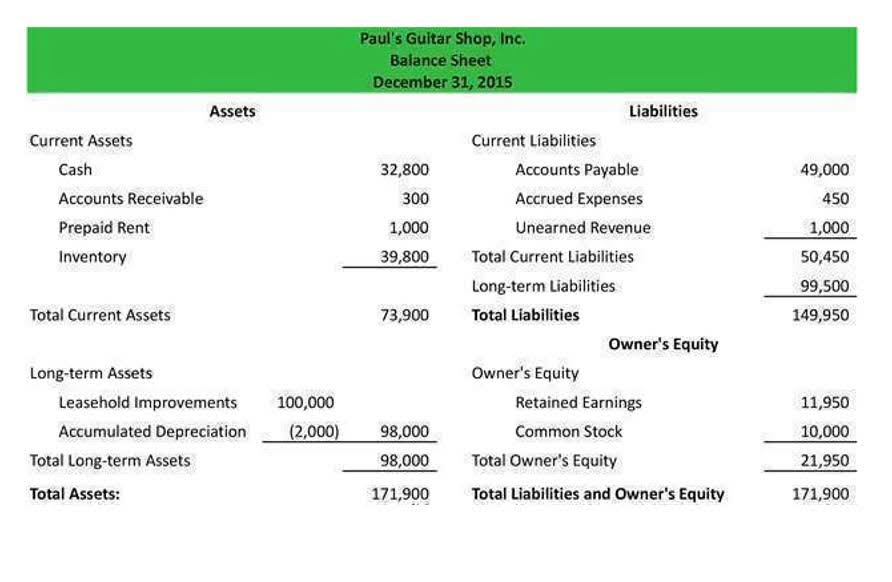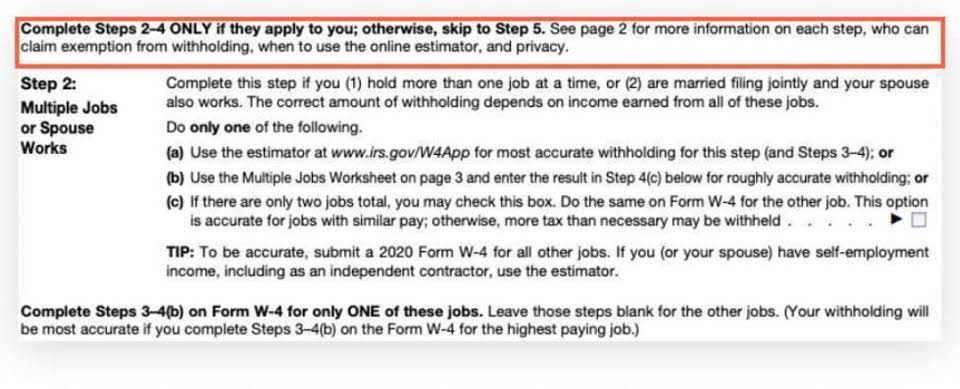
They provide a visual representation that helps users understand the impact of transactions on individual accounts and overall financial health. retained earnings Transactions are then recorded on the left (debit) or right (credit) side of the T, reflecting increases or decreases in that element. This visual representation helps them ensure their records’ accuracy and easily prepare financial statements.

Everything to Run Your Business

In double-entry bookkeeping, every transaction affects two accounts at the same time (hence the word double). One of these accounts is always debited, while the other always credited. Because T accounts are posted into the General Ledger of a business, they’re also commonly recognized as ledger accounts. With the outstanding bill paid, accounts payable account is debited by £700, reducing its value and showing that I no longer owe this amount.
Debits and Credits

You can use a T-account for “Pet Sitting Fees” to record your income from each walk. This helps you understand your revenue stream and make informed decisions about your business. However, T-accounts lack seamless integration with these technological advancements, constraining their utility in a digital age. Businesses relying solely on T-accounts may struggle to leverage the full potential of accounting software, missing out on efficiency gains and analytical capabilities. Ever stared at a page filled with capital T’s and wondered what secret language accountants were using?

Video Explanation of T Accounts
Moreover, T-accounts do not facilitate the integration of non-financial data, such t accounts as market trends, customer preferences, or operational metrics, which are crucial for holistic decision-making. Consequently, businesses relying solely on T-accounts may overlook valuable insights and opportunities for improvement. Imagine a conglomerate with numerous subsidiaries operating in diverse industries. Each subsidiary’s transactions require separate T-accounts, leading to a cluttered and cumbersome accounting system. As the volume of transactions increases, maintaining T-accounts manually becomes impractical and prone to mistakes.
Can T accounts be used in computerized accounting systems?
The debits are always transferred to the left side and the credits are always transferred to the right side of T-accounts. Even with the disadvantages listed above, a double entry system of accounting is necessary for most businesses. This is because the types of financial documents both businesses and governments require cannot be created without the details that a double entry system provides.
- For the revenue accounts, debit entries decrease the account, while a credit record increases the account.
- It is called the T-account because bookkeeping entries are shown in a way that resembles the shape of the alphabet T.
- You told me about the expense account, but what other account or accounts are involved?
- The asset Cash also decreases and gets a credit entry of $3,200.
- If you remember from part 1 and part 2, we went through how every debit must have a matching credit and vice versa.

These documents will allow for financial comparisons to previous years, help a company to better manage its expenses, and allow it to strategize for the future. For instance, a company hires some extra temporary labor for a busy period in their factory. The accounting department later catalogs those labor payments under “operating expenses” instead of under “inventory costs” (which is where factory labor costs should go). If the labor costs are still debited and credited fully, then this type of mistake can also be difficult to catch. A double entry system is considered complex and is employed by accountants or CPAs (Certified Public Accountants).
The Importance of Multilingual Financial Forecasting for Global Businesses
- Because cash is an asset account, the Cash account will be debited for $20,000.
- It is typically prepared at the end of an accounting period before financial statements are generated.
- A double entry system is considered complex and is employed by accountants or CPAs (Certified Public Accountants).
- Conversely, credits mean you’re selling something (debiting cash) and reducing the total asset value.
- The debit entries entered on the left side of the T account should always balance with the right side, or credit side of the account.
In this image, you can see a T-account which shows my bank account for the first week of March. Every day, I receive cash from my coffee sales shown in the debit column on the left. In the right column, the credits represent cash being spent either on inventory or operating costs. T-accounts can display Accounting for Marketing Agencies transactions from a specific time period such as a week or a month. By displaying multiple transactions over a time period rather than a single transaction, it allows people to see a picture of a company’s activities.

